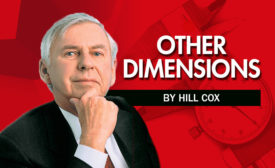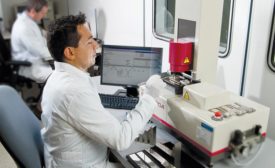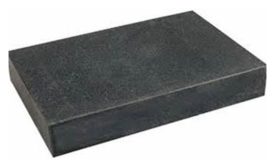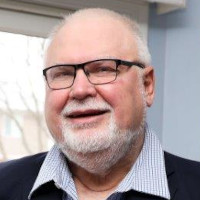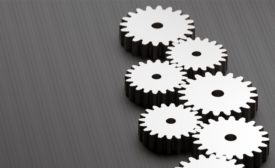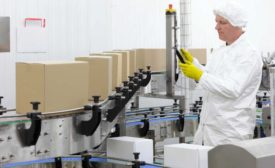Home » calibration
Articles Tagged with ''calibration''
Other Dimensions | Hill Cox
Nothing could be simpler than calibrating the lowly plain plug gage - at least at first glance
Read More
Other Dimensions | Hill Cox
Thread Ring Gage Calibration
The basic advantage of the solid thread ring is that it does not have a size adjustment that can be changed.
April 8, 2021
Guide to Contracting Calibration Services
Many organizations today require ISO/IEC 17025 accredited calibrations, but simply requesting an accredited calibration is not enough.
April 7, 2021
Other Dimensions | Hill Cox
Thread Plug Gage Calibration
What's required to measure the most common elements of a thread plug gage.
March 5, 2021
Why Pre-Build Calibration is Critical to Part Quality for Metal Additive Manufacturing
Measure twice, weld once.
October 5, 2020
Calibration Report Primer
If you have concerns, get it calibrated again.
September 29, 2020
Optimizing Machine Performance with Industry 4.0 and Calibration
Combining the latest in manufacturing technology with concepts that have been around for decades ensure quality products while minimizing unexpected shutdowns.
September 8, 2020
Stay in the know with Quality’s comprehensive coverage of
the manufacturing and metrology industries.
eNewsletter | Website | eMagazine
JOIN TODAY!Copyright ©2025. All Rights Reserved BNP Media.
Design, CMS, Hosting & Web Development :: ePublishing
